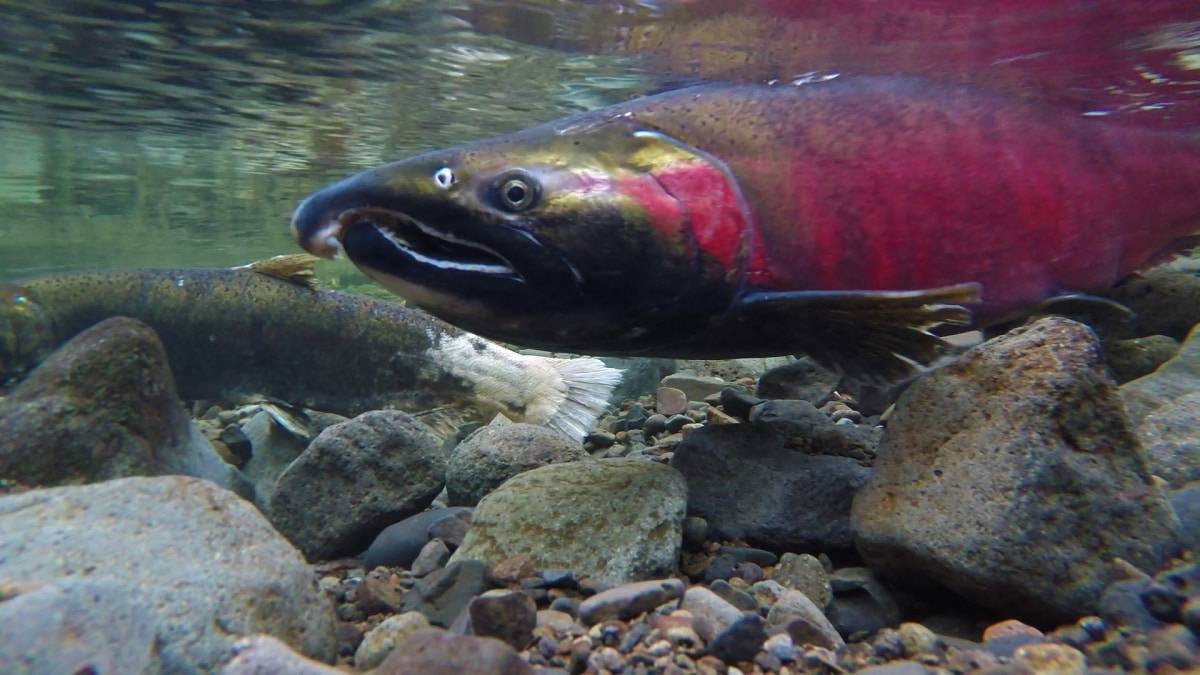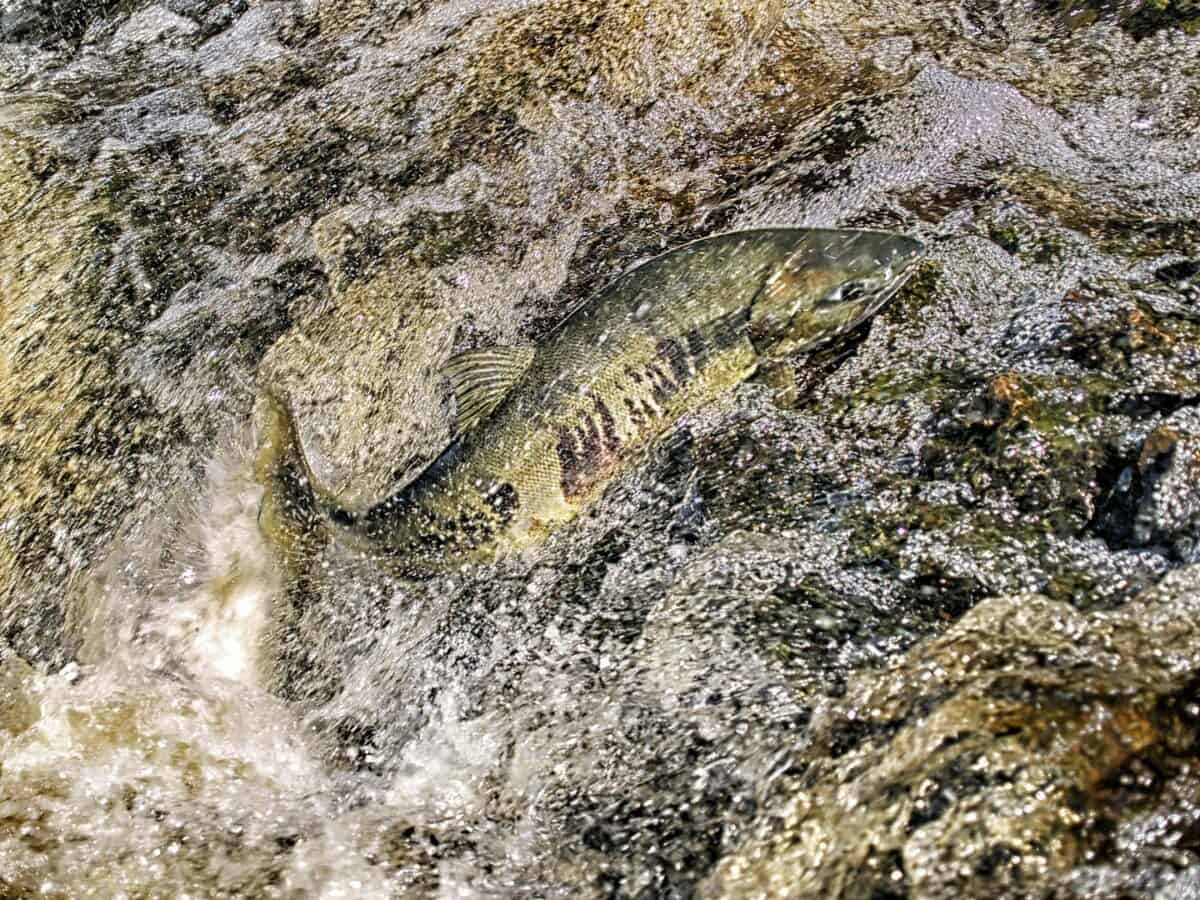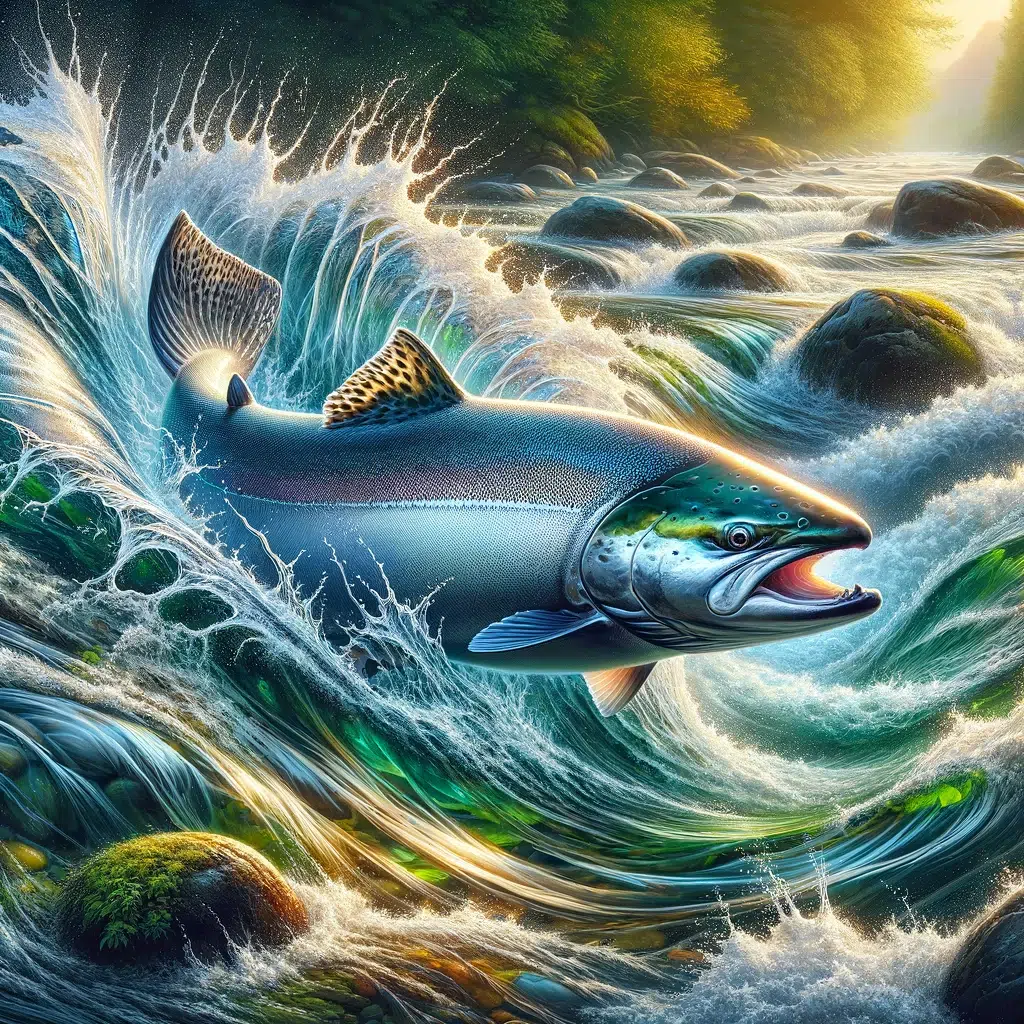Discovery of Vitamin B1
Scientists from Oregon State University have identified an essential source of vitamin B1, also known as thiamine, originating from microbes in river environments. This breakthrough offers new hope for combating thiamine deficiency complex (TDC) among salmon species, especially those in the Central Valley of California. Published in the journal Applied and Environmental Microbiology, this research represents a crucial advancement in comprehending the dietary needs of Chinook salmon, a key species with profound significance for the Pacific Northwest and Alaska’s culture, environment, and economy.

Thiamine’s Role in Salmon Health
Thiamine is essential for cellular function across all living organisms, playing a crucial role in energy metabolism. In salmon, thiamine deficiency has been linked to high mortality rates in hatchlings, which struggle with swimming and are more susceptible to predation and disease. The condition, known as TDC, has emerged as a significant threat to salmon stability along the West Coast of America, previously affecting populations in northeastern North America and the Baltic Sea.
The Study’s Findings
The research team, led by Christopher Suffridge and doctoral student Kelly Shannon, focused on the Sacramento River watershed. They discovered that certain river sediments and microbial communities are rich sources of thiamine. This natural thiamine could potentially support the early life stages of Chinook salmon, offering a natural remedy to the TDC affecting wild populations.
Dietary Shifts and TDC
The study sheds light on the dietary shifts contributing to TDC. Historically, Chinook salmon consumed a varied diet, but recent changes in the ocean ecosystem have led to a dominance of northern anchovies in their diet. Anchovies are high in thiaminase, an enzyme that breaks down thiamine, exacerbating the deficiency in salmon.

Implications for Conservation
This research opens new avenues for conservation efforts, suggesting that enhancing thiamine availability in natural spawning habitats could mitigate the impacts of TDC. While hatchery-spawned Chinook salmon are treated with thiamine to prevent TDC, identifying a natural source of the vitamin offers hope for naturally spawning populations.
Future Directions
Discovering microbial thiamine in rivers is a significant first step, but further research is needed to fully understand its potential to counteract TDC. The study’s findings highlight the importance of addressing dietary shifts and environmental changes affecting salmon populations, emphasizing the need for comprehensive strategies to ensure their survival and health.
In conclusion, the identification of vitamin B1 in river ecosystems represents a hopeful development in the fight against thiamine deficiency in salmon. By understanding and leveraging these natural nutrient sources, conservationists and researchers can work towards safeguarding the future of salmon populations, which are crucial to the biodiversity and cultural heritage of the regions they inhabit.
You might also enjoy:
Trend-Setters: Orcas Started Wearing Salmon Hats In the 80s
Salmon Return to Washington State Rivers After Dam Removals
Join our Forum for free today!

- The Bond Between a Wild Baby Bison and Her Rescuer - July 20, 2024
- An Excited Husky’s First Ever Time in Snow - July 20, 2024
- Top 20 Colorful Species To Brighten Your Day - July 14, 2024


